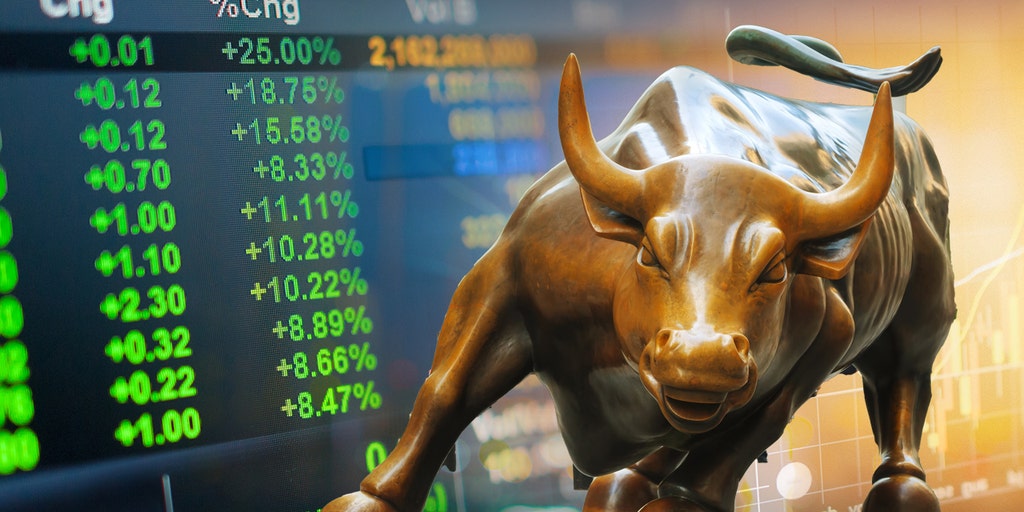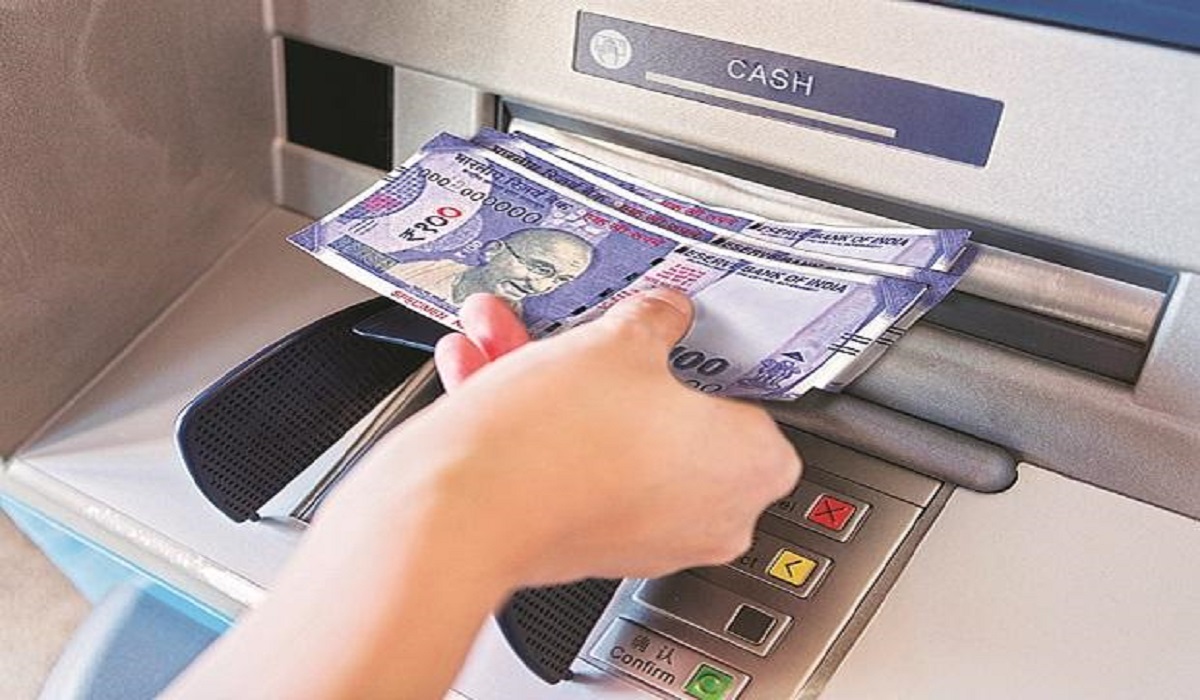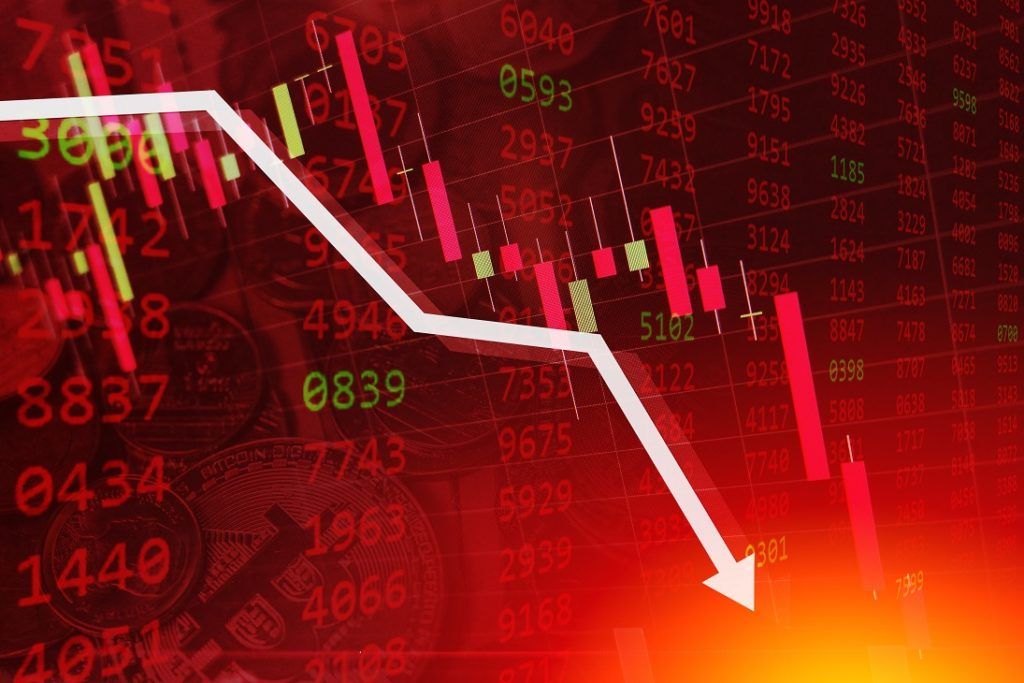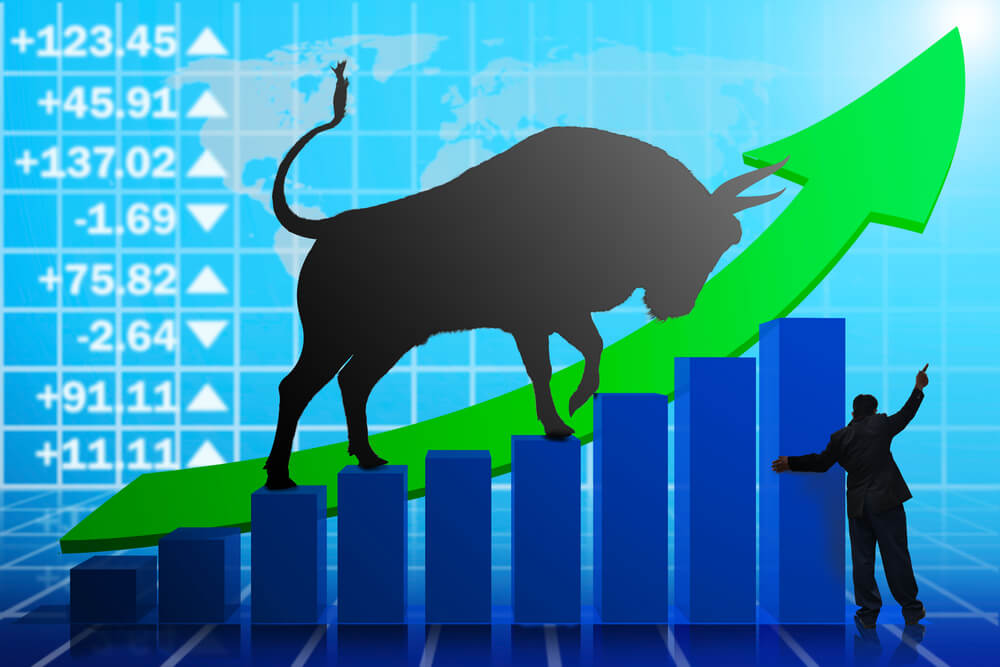In this series of blogposts, I will be writing about the reasons why I had chosen to act upon certain decisions in the past, present or for the future. This series will help me to analyse my decisions on hindsight, reflect on the mistakes that I have made, and understand the reasons why I came to do certain things. My hope is to learn and immortalize my actions for my and my reader's benefits and perhaps be the subject of some social research in the future. Hmm...
Why I Invested in SGX Stocks in 2019.
In 2019, at the age of 24 years old, I invested in the SGX. I was in the final year of my studies and on top of the final year project and thrice a week classes, I finally had a lot of time in my hands. Gone were the days of juggling 3 leadership portfolios and overloading on my semesters. My grades were firmly in the second upper class range no matter what grades I will be getting and by this point in time many of my friends were no longer coming to school at all. Thus, I had time to think about a lot of things.
Among the things that I took an interest in was investing. In 2017, I had started investing in Singapore Saving Bonds using my NS pay savings. Every half a year, I get that extra $10-$20 from the SSBs and it felt good. However, I was dissatisfied as I was sure that I could be earning much more elsewhere. Over the years, I had been saving about half of the pocket money from my parents (yes, I was still getting pocket money of $80 a week from my parents in university to which I am grateful for) and have idle cash in my bank accounts.
I did two things with the cash that I had. One, open a drop shipping business (which I will be talking about in another blogpost), and two, start investing in the SGX.
Trading Stocks in the SGX
The Singapore Exchange Limited is an investment holding company in Singapore that offer companies a way to raise capital in exchange for shares of their company. If you buy some shares of the company, you own a little bit of the company too and owning a part of the company entitles you to certain privileges depending on the share that you bought. This includes voting rights in major decisions for the company and entitlement to a portion of the company's earnings, also known as dividends. The greater the shares that you own, the greater the voting power that you have and the greater portion of the earnings that you are entitled to.
There are many articles out there that will be better able to guide you if you are interested in trading in the SGX but in this blogpost I will summarise the steps as briefly as I can. First, you will need a broker. A broker is an entity that buys shares for you. There are two types of brokers. Custodian and depository brokers. In buying shares through custodian brokers, you do not technically own the shares that you bought as it is owned in the name of the custodian broker's account. Shares bought through a depository broker on the other hand are fully owned by you. As such, buying through custodian brokers are usually a lot cheaper than depository brokers. Some example of custodian brokers include the now famous Tiger Brokers while a depository broker is like DBS Vickers.

If you choose to trade shares using a depository broker, you will need to open a Central Depository (CDP) account to store your SGX shares. The CDP is a treasury of sorts for clearing, settling and depositing your Singapore securities. For custodian brokers, the company that you are investing through would also have a CDP account of their own where they hold your shares. More steps to open a CDP account can be found in the SGX website: https://investors.sgx.com/cdp-account-opening/#/form-selection. After opening your CDP account, you can choose a depository broker to buy and sell your shares with,
What I Did
After weighing the pros of cons of choosing a broker to trade, I opted for DBS Vickers, a type of depository broker. As such, I had to first open a CDP account. By following the easy-to-follow guide on there CDP website I managed to complete my application within a day and submit. Within one week, I received a letter about the successful opening of my own CDP account, thus enabling me to start trading SGX shares almost immediately.
I then proceeded to create a DBS Vickers account. Setting up and understanding the site takes a little while to get used to. It was only after making several trades that I became less afraid of making changes in the site for fear of putting a trade that I cannot afford or worse. I did not fully understood how the interface works. However, once you get used to looking at the charts and knowing the call options that are available, you will pretty much be an expert (to a degree), in using other trading platforms including platforms to trade cryptocurrencies as they are identical. Another thing that I was not aware of when I first started trading was the option for paying using Cash Upfront vs Cash option when Buying shares. If you are executing a Buy option on a stock that you already have the funds for and are not buying on Margin, then you should use the Cash Upfront option which have much lower fees than the Cash option. This would save you greatly especially when you are investing in smaller sums like when I was starting out. {$1000-$5000).

The first stock that I bought was DBS (SGX: D05). I bought 100 shares at $25.30. DBS is a blue chip stock, meaning that it is a big company with a very large market cap. As it was my first time buying stocks, I wanted to take minimal risks and DBS was perhaps the least riskiest option there is in the SGX. I would recommend people who are trying out to invest first in blue chip companies as a way of trying things out.
As a first timer, after buying the stock, I found myself checking the share price every day. I was happy as for the next few days, the stock price immediately started rising but falling a little but never going below the price I bought it for. It took about 3 months however when a major news about DBS came about and I saw the stocks I bought rose in value to about $28. I was euphoric. However, just as bull markets run, the bearish cycle starts at some point or another. The price fell to around $24 about a few months later. In stock trading, you will often get a lot of this guilt feeling such as "I should have sold it at this price" or "I shouldn't have sold it so soon". This is normal. One thing that I learn over the years in trading, it is really impossible to time the market which is why there are advocates out there who insists on buying a little at a time once a year or once every several months. An important lesson I learnt was that you must have an exit strategy or some kind of strategy to reap the benefits of your investment.

I was earning a 5% dividend yield from my DBS investment which I thought is good enough for me because my SSB yield was around 1.5-2% only. I also thought I would hold on to my DBS stocks forever and just receive the dividends indefinitely. At this rate, it would take me >15 years for me to see a full return of my initial capital. After receiving my first dividend payout for DBS, a cool ~$25, I decided to buy another stock, SGX: HMN, Ascotts Residential Trust. It is a REIT, which means it is a real estate investment trust, and the company invests in serviced apartments and hotels. I was attracted to REITS due to the strong and stable returns the REITS market was producing around the time I bought it in September 2019. I bought it at $1.31 and I spent another $2500 for HMN.
Stock Market Crash
In March 2020, the impact of Covid-19, then called the Wuhan Virus as it was first discovered in Wuhan, China, became apparent as the virus raged all across the world, changing our lives forever. From hundreds of cases, millions became infected and the death toll rose to hundreds of thousands. Countries took aversive measures, although many were too late. People started working from home, public events were essentially non-existent and travelling was banned. That changed the lifestyles of many and as expected it caused the stock markets to crash. Without many of the businesses not able to earn any money as the world grinds to a halt, it does not make sense to remain invested in companies that are not generating income. The worse hit were the airlines, travel and REITS companies.
My portfolio essentially crashed about half of its value before March 2020. Ascotts were trading at around $0.80 and DBS went to around $18. I lost between 30-40% of my initial investment. Instead of just rueing, however, I decided to take action. The way I see it, when a market goes down there will still be companies that survive and these companies are at a huge discount now. My action paid off.

In March 2020, I bought $1000 worth of Bumitama Agri (SGX: P8Z). I was being more bullish now. I told myself if I made just 10% of my investment I will sell. I made 12% the following month, I immediately sold. Then I bought $1500 worth of Food Empire (SGX: F03) on June 2020 and it rose by 17% the next month, I immediately sold. I bought $2500 worth of SingMedical (SGX: 5OT) in Sep 2020 and it rose by 17% in 2 months, I immediately sold. The price of all the 3 stocks I chose to buy and sell eventually rose by more than 100% but I was happy with my gains because at the end of the day, the losses to my portfolio was mitigated by my aggressive buy and sell strategy during the pandemic. DBS eventually recovered to it's pre-pandemic value by Nov 2020 and when it reached 10% gains, I sold the stocks too. Only Ascotts, which reported more than a billion dollar in losses in 2020, had not recovered at the point of writing, and is now trading at around $1.
The stock market as of mid June 2021 have more or less recovered and is in a bull cycle right now. The pandemic have inculcated in me a more bullish attitude towards trading SGX stocks. When I invest in a stock now, I have an exit strategy of cashing out after making 10% no matter what. I also realise that I should trade in larger volumes to offset the brokerage fees. As such, I invest a minimum of $5000 per trade now. My bullish strategy has been working so far. I invested and sold my shares in QAF Limited and Yangzijiang Shipbuilding in 2021 and my investment returns are now at a 25% profit. After cashing out on QAF Limited in May 2021, I now only hold Ascotts and China Sunsine (SGX: QES).
The SGX market is a lot less volatile than the US stock market or Crypto, thus the potential to earn from your investments are a lot less. On average I would have to see 2-3 months to see profits but the earnings, if I carefully research the undervalued stocks to purchase, are there to reap. I have investments in Bonds, Unit Trusts, Crypto and SGX stocks, and out of them all, SGX stocks and Crypto trading are my favourite and most lucrative investment options. For the average salaried worker, perhaps this stock trading can be a past time to look forward to once a month and reward oneself with.


























/Academy-How-to-improve-your-gaming-PC-performance-Thumb.jpg)









